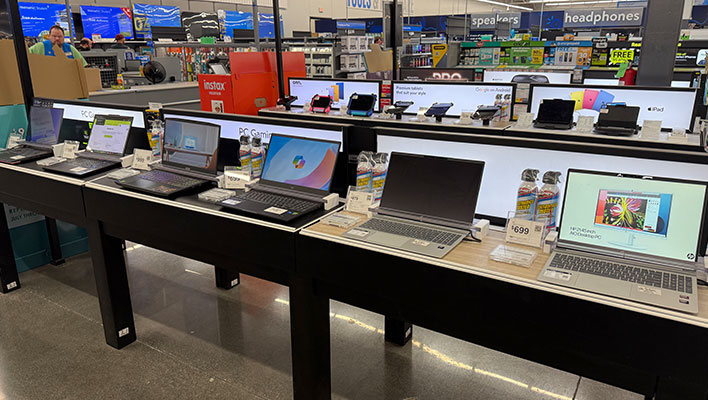The looming deadline for Windows 10 support contributed to a buying spree in the PC space, with the auditors at IDC Research reporting a 9.4% year-over-year surge in PC shipments to 75.8 million units during the third quarter of 2025. While this benefited nearly every major OEM, Lenovo emerged as the biggest beneficiary in the rush to avoid being left behind by Microsoft.
Starting next week on October 14, Windows 10 will go into semi-retirement. For most users, there will be no further technical support or free software updates, including security patches. So far, Microsoft has mostly held firm to this decision, despite outcries to keep the Windows 10 rolling—Consumer Reports deemed Microsoft's decision a
national security threat. However, there are options available to those who refuse to upgrade, such as paying $30 for extended support.
Alternatively, Microsoft is giving users who don't want to pay a couple of other outs. One option is to earn and redeem 1,000 points through Microsoft's Rewards program. The other option
requires a OneDrive account. The process entails navigating to
Settings > Updates & Security > Windows Update and then clicking the
Enroll now link and following the prompts.
None of these options are ideal, hence why so many users are choosing to upgrade to a Windows 11 PC. However, tariffs are working as a counter force in North America, where PC shipment growth trailed other parts of the world, particularly Japan and China.
"While the entire market is continuing on a very strong year, fueled by Windows 11 transition and the need to replace an ageing installed base, the results by regions are telling different stories," said Jean Philippe Bouchard, research vice-president with IDC's Worldwide Mobile Device Trackers. "n particular, the North American market continues to be impacted by the US import tariffs shock and by macroeconomic uncertainties. While existent, the demand for newer PCs ready for Windows 11 is likely to push well into 2026."
Japan and China both saw recorded double-digit growth in PC shipments last quarter, according to
IDC's report.
Lenovo continues to lead the charge and was able to grow its market share even further from 23.8% to 25.5%. In other words, Lenovo accounts for just over a quarter of all PCs.
HP is holding onto second place at 19.8% (up a hair from 19.6%), Dell is in third at 13.3% (down from 14.2%), followed by Apple in fourth at 9% (up from 8.7) and ASUS in fifth place at 7.8% (up a tick from 7.7%). All others collectively account for 24.5% (down from 26.1%).

